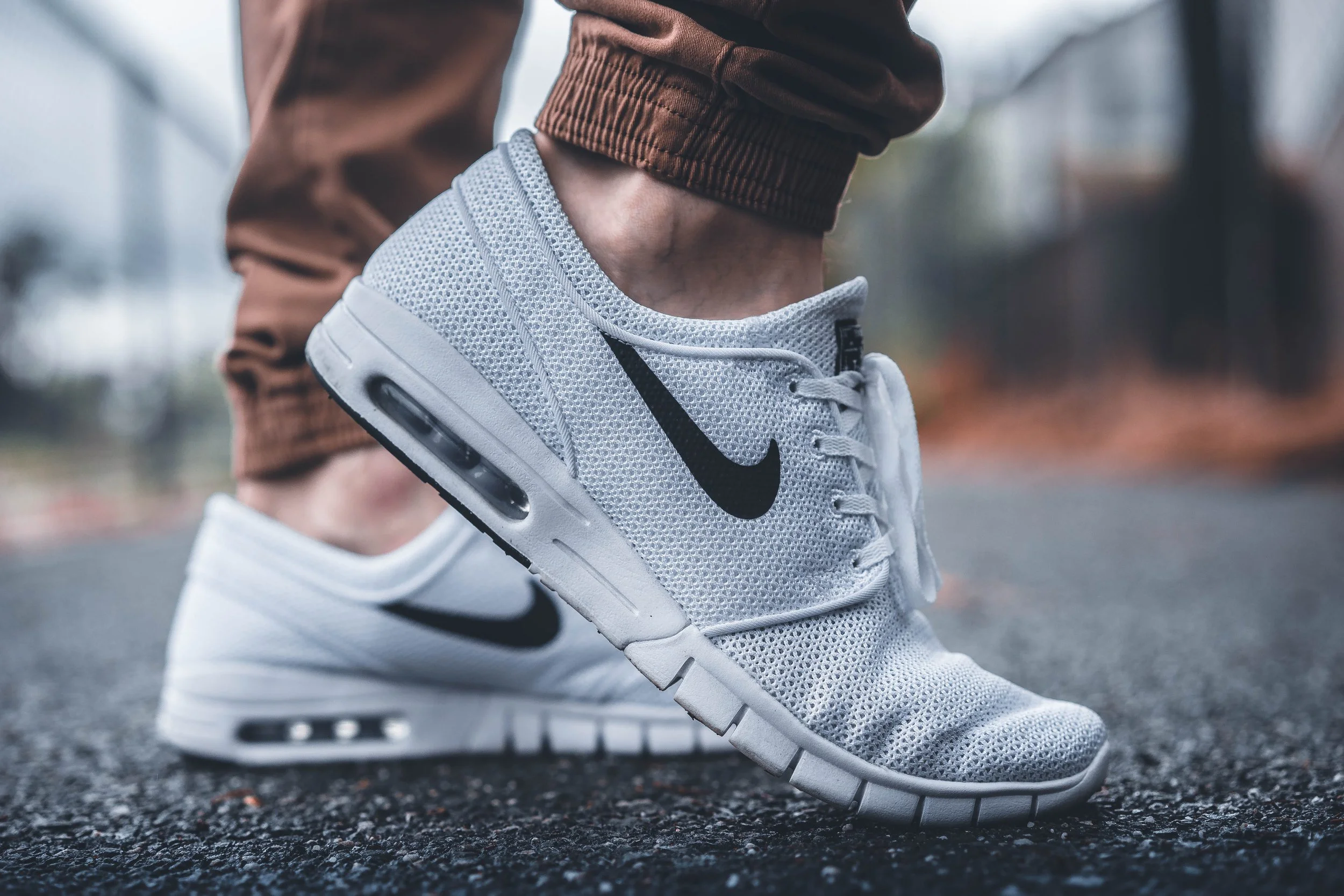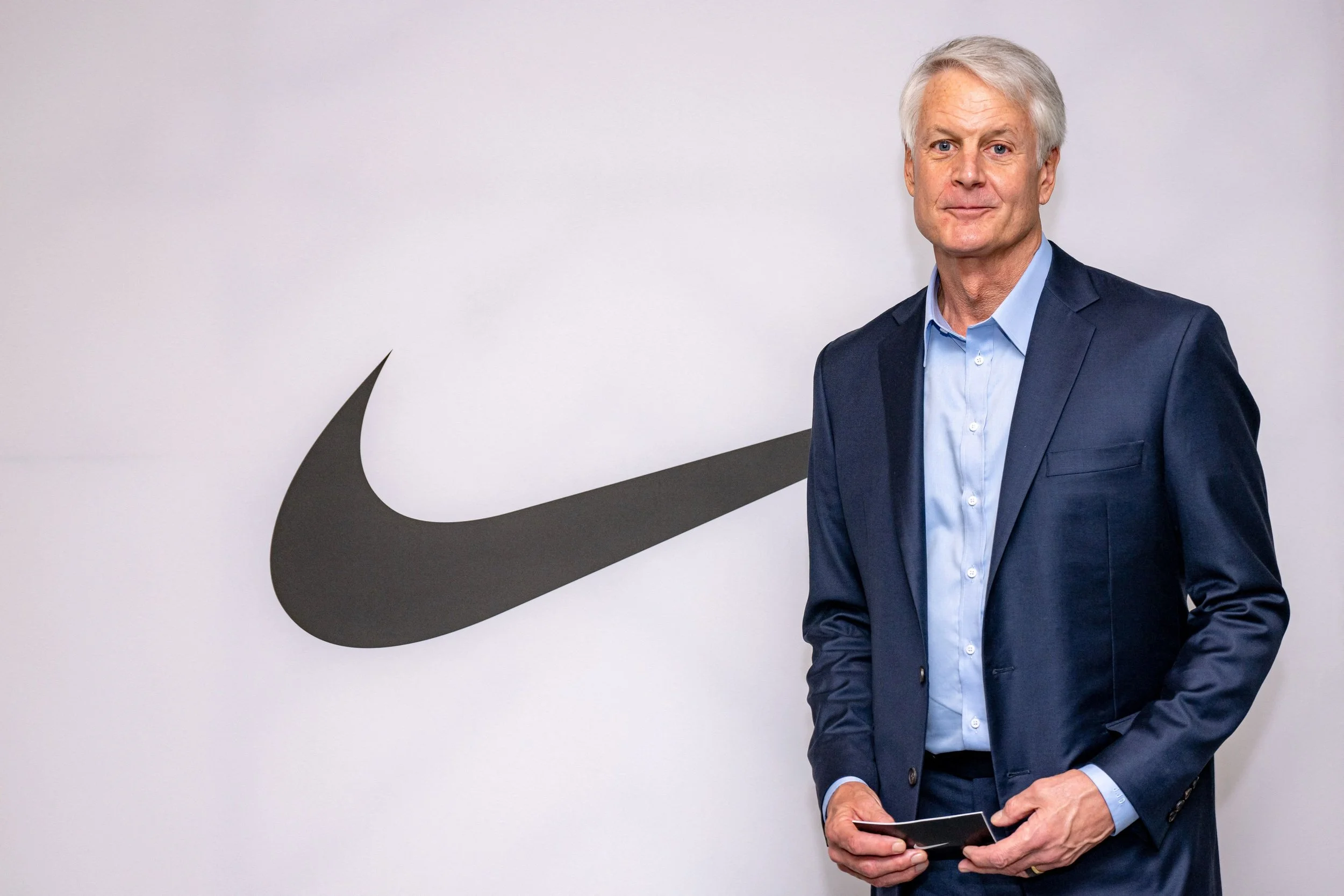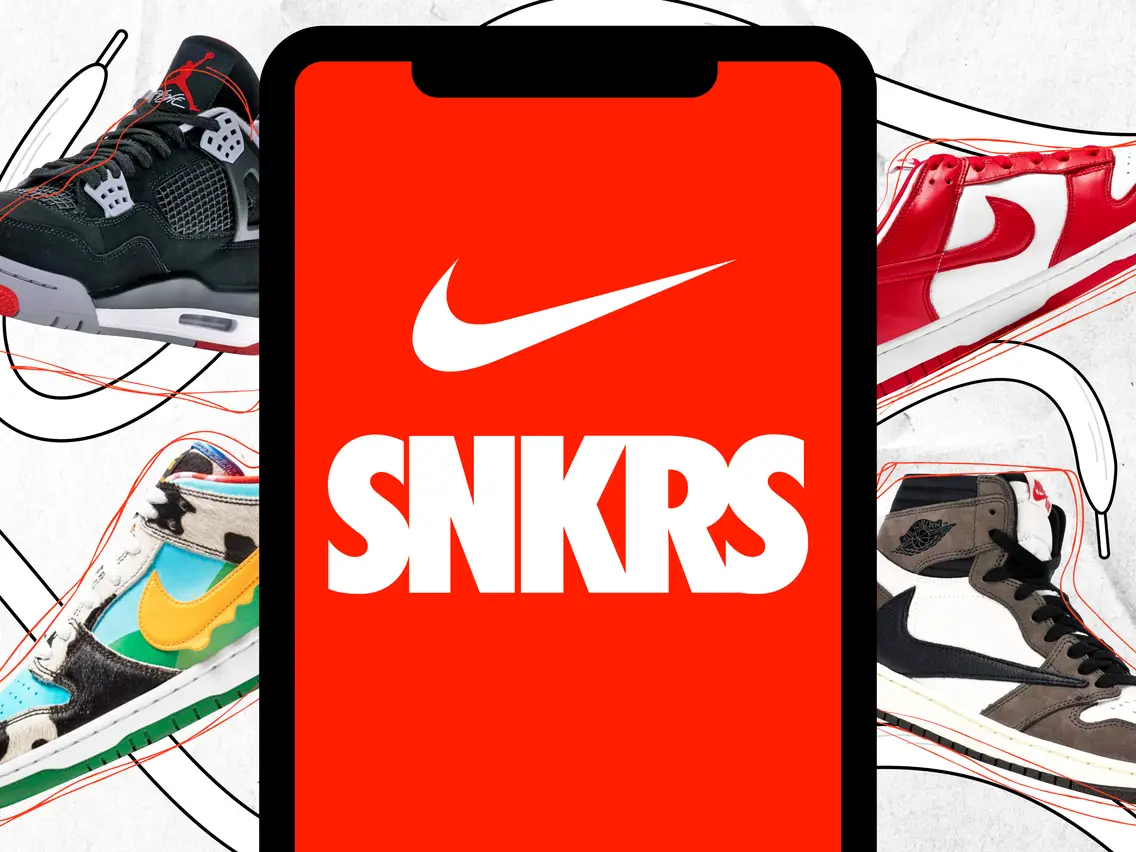Inside Nike’s Biggest Challenges in Years
If you’ve been keeping an eye on Nike lately, you might’ve noticed something strange. The mighty swoosh, the godfather of the shoe game, is stumbling a bit. Yup, the same company that practically owns 38% of the market share and has been outpacing its competitors like Usain Bolt on a good day is hitting some serious speed bumps. Let’s break it down.
The Rise and Recent Struggles of Nike
First things first, Nike’s been at the top for years. I mean, it’s like the LeBron James of shoes. But even LeBron had bad games, and Nike is having one of its worst since the late ‘90s. Q1 sales fell this year, and in February, they dropped the bombshell by laying off 2% of their workforce to cut $2 billion in costs. That’s like trying to fix a leaky faucet by turning off the water supply. With clearance racks filling up and longtime rivals basking in glory, the swoosh is feeling the squeeze.
Management Shakeup and Strategic Shifts
Remember Mark Parker? The guy started at Nike as a footwear designer back in ’79 and eventually led the company to some of its biggest victories. Well, in 2020, he passed the torch to John Donohoe, a tech guy with a resume that screams Silicon Valley. Donohoe brought a fresh perspective and pushed the Consumer Direct Acceleration strategy. Sounds fancy, right? Initially, it was a good idea. By 2019, e-commerce was booming. Nike’s SNKRS app doubled its users, and digital sales were through the roof, accounting for 20% of their digital biz. But like all good things, the honeymoon period didn’t last forever.
The E-Commerce Bet and Its Consequences
During the pandemic, e-commerce was the knight in shining armor. Nike doubled down on digital channels like a high-stakes poker game. Their SNKRS app saw a surge in active users, and sales were popping. By 2020, digital accounted for 30% of their sales, three years ahead of schedule. Donohoe was confident, declaring, “The consumer today is digitally grounded and simply will not revert back.” But once lockdowns lifted, folks went back to brick-and-mortar stores faster than you could say “Air Max,” and Nike’s direct sales hit a speed bump. Betting on yourself is great, but sometimes you gotta know when to hold ’em and when to fold ’em.
Challenges in Inventory and Wholesale Relations
If supply chain issues were a person, they’d be that annoying neighbor who keeps borrowing your stuff and never returns it. Nike faced significant supply chain headaches during the pandemic. By late 2022, their warehouses were flooded with nearly $9.7 billion worth of inventory. That’s a whole lotta shoes gathering dust. Share prices dropped 14%, and Nike had to rekindle old flames with wholesale partners they’d previously ghosted. Cutting ties with a third of their partners was bold, but when those shoes started stacking up, it was clear that Nike needed their buddies in the retail world more than they thought.
The Fashion and Consumer Demand Dynamics
Nike tried to churn out crowd favorites like the Pegasus and Air Force Ones, but fashion is as fickle as a cat. One minute, everyone’s obsessed; the next, they’ve moved on. Retailers started slashing prices on Nike sneakers at nearly double the rate from two years ago, making the market feel like a perpetual clearance sale. Living on new colorways of old classics isn’t a sustainable strategy. Fashion turns over fast, and Nike’s tired kicks were losing their charm at retail.
Innovation and Brand Identity
Nike’s brand is synonymous with innovation. Think Air Max bubbles and Flyknit. But in the performance running category, they dropped the ball, letting brands like Hoka and On Running steal some of their thunder. Consumers have shifted their love to new techy designs with thick, foamy insoles, and patented cushioning systems. Nike’s got some catching up to do here, and they know it. But don’t count them out just yet. Nike’s still got that innovative spirit. They’re just taking a little longer to bring those dope new designs to market.
The Competitive Landscape
Adidas, New Balance, and other brands are licking their chops. Adidas is especially making waves with its stylish kicks like the 990s and Gazelles. If Nike isn’t careful, they could lose some serious ground in the sports lifestyle segment. Donohoe knows the score and has reiterated that Nike is “focused and mobilized to address areas where we need to raise our game.” The swoosh may be bruised, but it’s not broken.
Endorsements and Strategic Partnerships
Even though Nike lost Tiger Woods, they bounced back like a champ. They snagged Caitlin Clark and the German national soccer team, ending a 70-year run with Adidas. They’re not just sitting back; they’re making moves. The Olympics might not be a game-changer for footwear sales, but it’s prime time for showing off new gear. Think of it as free advertising on the world stage. Nike knows how to play this game.
Future Prospects and Market Position
Nike’s gearing up for a comeback with a new lineup of footwear and apparel. They’re playing the long game, betting on continuous innovation to win back hearts and wallets. Sure, revenue growth is expected to be just 1% for fiscal 2024, but Nike’s still the big kid on the block. They’re four times the size of Adidas and can afford to take some big swings without worrying too much about striking out. Donohoe’s leadership has seen a 15% revenue growth between 2021 and 2023, so don’t count them out yet.
So, what’s the takeaway here? Nike’s been through the wringer, but they’re not down for the count. Meanwhile, this might be the best time ever for smaller brands to shine. With Nike recalibrating, there’s a golden opportunity for new players to step up. It’s like watching a heavyweight champ stumble. Suddenly, the underdogs have a fighting chance.
Stay tuned, the sneaker game is getting interesting.








